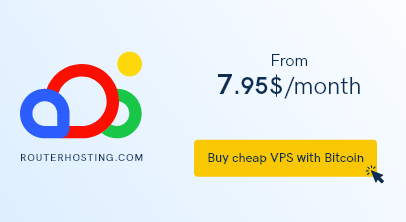We live in a post-Amazon world, where customers almost expect their products to arrive the day before they place their orders! Thanks to customers’ expectations becoming tougher than ever, speedy, low-cost fulfillment is increasingly on every e-commerce business owner’s mind. Even though most people don’t start businesses to become product distribution experts, some knowledge of the e-commerce order fulfillment process quickly becomes a must for anyone hoping to make it in the industry. Thanks to the internet, it’s easier than ever to become informed. Read on to discover the ins and outs of three valuable supply chain fulfillment strategies that work domestically and internationally, the pros and cons of each of these fulfillment methods, and which one might be best for you and your business.

What is order fulfillment in e-commerce?
Let’s start with the basics. To choose the best order fulfillment strategy for you, you have to know what it is first, right? Order fulfillment is the whole process of storing inventory, packing products, and shipping orders to customers. This applies to B2B (business-to-business) and B2C (business-to-consumer) orders of every volume, whether shipping out thousands of products to big-box retail stores or selling small quantities of handmade products on a small storefront. There are many ways to go about it, and each e-commerce business has its unique way of making sure its products get into its customers’ hands, but there are three broad categories: in-house, third-party, and dropshipping.
In-house
In-house fulfillment is what it says on the tin— the merchant themselves handles all aspects of the internet sales/e-commerce fulfillment process without relying on any third-party or drop shipping partners. Many sellers start this way, especially if they’re making and selling products they’ve designed and manufactured themselves. It can seem easy to devote a small portion of your house or office space to the packing and labeling of products. Anyone can do it as long as one has the freedom to store mailing envelopes or boxes, shipping labels, and any other necessary items. However, in-house distribution and shipping can take up lots of valuable time. Many sellers find that once their business has grown big enough, most of their day is spent packing and shipping goods. Time spent on this can’t be spent on developing new products, improving marketing, or customer service. Merchants are left facing the dilemma of hiring additional staff to pack their goods at no small expense or outsourcing them to third-party warehousing and storage companies. However, the control an e-commerce company has over their orders is almost complete using this method. The only thing out of your hands is the occasional interruption in inventory, shipping supplies, or delivery, making this an especially customer-friendly fulfillment strategy.
Third-party
When a merchant hands off their orders to a third-party company, it often means the seller initially was doing the work themselves. Still, their business has grown to such a degree that continuing to fulfill all orders single-handedly has become unsustainable. Instead of building your distribution infrastructure, which can be time-consuming and expensive in its own right, you might eventually choose to bring in someone else. Every third-party distribution company is different, and many offer perks such as packing services, temperature control, or prep for FBA orders. These companies also often have their own dedicated online order fulfillment warehouses. It’s important to research these companies beforehand. However— customers may be unaware that you don’t handle distribution yourself. They can misdirect their frustration with the delivery process onto your business when it is completely out of your control. For this reason, it’s paramount that you fully research any third-party distributors before committing long-term.
Dropshipping
Dropshipping is an incredibly popular omnichannel fulfillment strategy for new and veteran sellers alike. Like with third-party, there’s no need for a seller to develop their e-commerce fulfillment system from scratch. However, unlike third-party, the merchant never even lays hands on the products being sold. Instead, requests from your online storefront are routed directly to a wholesale manufacturer, which handles everything from product development to packing to shipping the product now to your customer. To grow and expand your business, all needed is to scale your marketing efforts and add new products to your shop. Your drop shipping partner takes care of everything else. However, you have to vet your partners carefully. If they deliver too slowly or provide poor-quality or even the wrong products, all the heat from your customers will fall back on you instead. As mentioned before, customers are seldom well-informed about distribution strategies and whether something is or isn’t entirely your fault. All they care about is their overall satisfaction.
Bearing in mind the pros and cons of each of these strategies, take a moment to think about the size of your brand and your product distribution needs. Do you have the time and energy required to do everything in-house, or is dropshipping more your speed? No matter what, P2Pseller is proud to partner with you to make sure each order reaches your customer as quickly and efficiently as possible, leveraging the power of the sharing economy.





